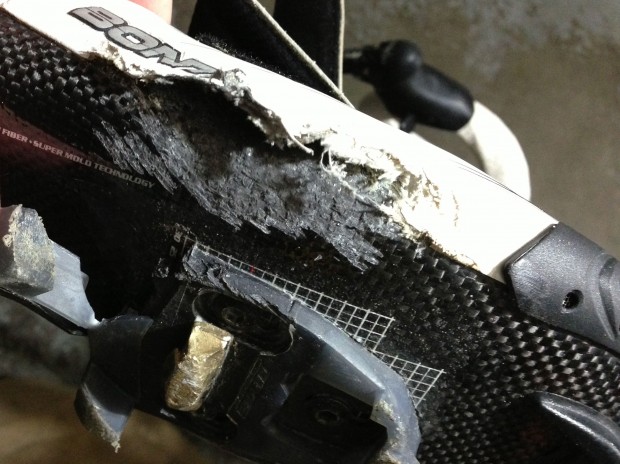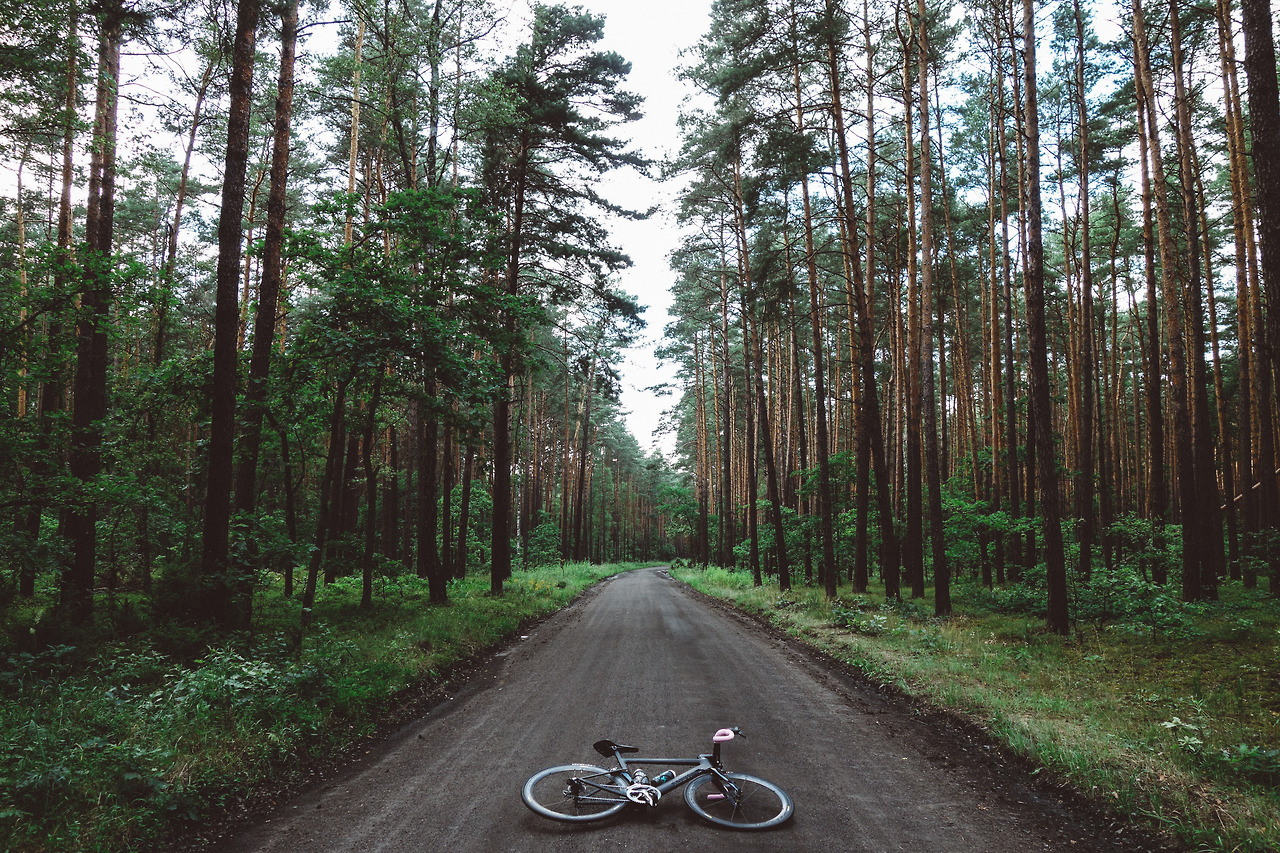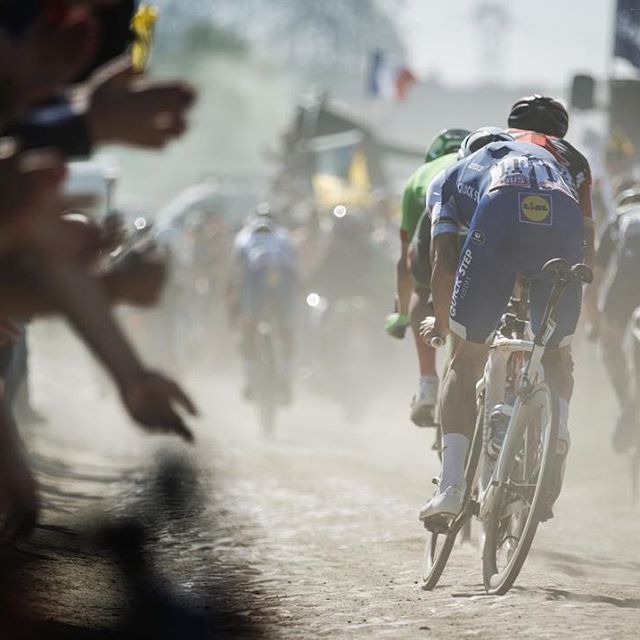On Rule #64: The Sudden Drop

The severity of a crash exists on two planes, the physical and psychological. The physical is the most obvious and one we busy ourselves with in the immediate vicinity of coming down. Our bodies need time to heal, our kits may need replacing or mending, and our bicycles may need repair work. For weeks and sometimes months, we may carry with us the scars that result when our bodies, bicycles, and tarmac momentarily occupy the same space.
We endeavor to reach a point where the mechanics of bike handling has moved into the subconscious. An experienced Cyclist no longer thinks in terms of steering or pedaling; instead, we exist in a stream of subconscious consciousness where our senses are heightened, yet none of our actions exist on a plane of explicit thought as we make subtle adjustments to our stroke, steering, and balance. As our experience grows, the bicycle becomes an extension of our physical selves; it is through finding this harmony that we are able to live on the razor’s edge between grace and disaster.
When disaster does strike, we are faced with scars beyond the physical that take much longer to recover than do our equipment and flesh. In the space of a single moment, the trust we felt in our machine and our ability to control it evaporates, leaving a hollow sense of betrayal that burrows away deeply into our minds. It stays there, far from view, only to surface during moments when we most rely on our confidence to avoid crashes; the sliding of a tire in a corner or the sudden interference of an object with our path – these situations require complete confidence in our machine and skills, yet during the time that our confidence is being rebuilt we doubt our instincts.
This is particularly true of cornering, where we are most prominently faced with the realities of our confidence, trust, and skills. Normally, we sense a crash approaching some time before it arrives. A problem with our trajectory or a slipping tire will give our minds a moment to react, even if our bodies are unable to. As we reflect on the crash afterwards, we’ll understand what happened, and what might have been done to avoid it; we use this knowledge to tell ourselves it was avoidable and tuck that nagging sense of doubt a bit farther out of reach. But a crash with no warning and no remedy sits naked in our minds and permeates every action and sensation as we struggle to regain our confidence.
This past December, I slipped on some black ice on a cold morning commute to the office. There were no signs of anything going amiss; there was only the crash. In the blink of an eye, I went from happily entering a corner to laying on the tarmac. The impact was so sudden, in fact, that the force of the fall was taken up by my hip and elbow – my hands never left the bars – and the impact so swift that my cleat tore apart as the impossibility of my occupying the same space as my bicycle and the road was resolved by my being separated abruptly from both.
My rides since then have suffered from nagging questions that flood my mind as I enter a corner, particularly in the wet; I no longer trust that I can judge the corner adequately or that my equipment will loyally carry me through. Logically, I know that while statistics suggest that one’s chances of crashing remain constant so long as environmental conditions don’t significantly change, I know shaken confidence ensures that crashes come in clusters as self-doubt overrides intuition cultivated over years of experience.
I must force myself to regain my confidence; the only path to doing so lies through ignoring my doubt and wrapping myself in the craft. Vive la Vie Velominatus.

